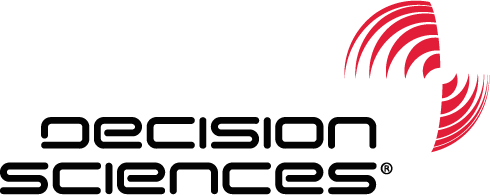The Discovery® system with its unique Muon Tomography technology and AI and Machine Learning is now also emerging as a powerful system for the detection of smuggled narcotics, particularly effective in non-intrusive inspections (NII) of dense, homogeneous cargo, where such narcotics are often smuggled. Muon tomography leverages proprietary data collection and image analysis to identify intensity contrasts caused by variations in mass density and atomic number.
Discovery® can uniquely assist in detecting smuggled Cocaine and other narcotics that are diluted or dissolved in liquids. Moreover, muon tomography enhanced with customized AI and ML further enhances the Discovery® system’s singular capabilities for the NII detection of narcotics and other contraband. For instance, despite their visual similarities, Salt and Cocaine can be distinguished due to the higher atomic number of the Chloride atom in Salt, and narcotics diluted or dissolved in liquids can also be detected similarly to dry substances through both human operators and automated AI algorithms.
The images produced by muon tomography are based on a quality known as scattering density, which indicates the scattering signal expected per unit thickness of material. Scattering density is directly proportional to mass density, demonstrating a straightforward linear relationship. For instance, while Tungsten and Uranium have similar mass densities (19.3 g/cc and 18.95 g/cc, respectively), Uranium, with an atomic number of 92, displays a scattering density 17% higher than Tungsten’s atomic number of 74, making it easily identifiable in muon tomography images.
A notable example includes the detection of Uranium concealed within Lead shielding. Despite Lead’s lower mass density (11.35 g/cc), Uranium’s higher atomic number and mass density yield an 87% greater scattering density, allowing for reliable detection even when shielded.
While muon tomography is sensitive to atomic numbers, it does not account for chemical composition. Materials sharing the same mass density and effective atomic number may yield similar scattering densities, complicating specific material identification. However, inconsistencies between measured properties and those declared in cargo manifests can nonetheless signal potential contraband.
Detection of narcotics through the use of the Discovery® system primarily relies on identifying anomalies within the imaging data. Effective detection typically requires a signal difference of 10% or more within operational scan times of three minutes. Such differences can arise from variations in mass density or atomic number. For example, despite their visual similarities, Salt and Cocaine can be distinguished due to the higher atomic number of the Chloride atom in Salt.
Furthermore, narcotics that are diluted or dissolved in liquids can be detected similarly to dry substances. Tests involving barrels of liquid with a 10% density difference have successfully identified anomalies through both human operators and automated AI algorithms.
In conclusion, the effectiveness of detecting narcotics with Discovery® hinges on how significantly the presence of narcotics alters the expected signal within scanned materials. Muon tomography and the Discovery®system offers a unique and exciting capability and is thus poised to enhance international efforts in combating smuggling and ensuring global security.

